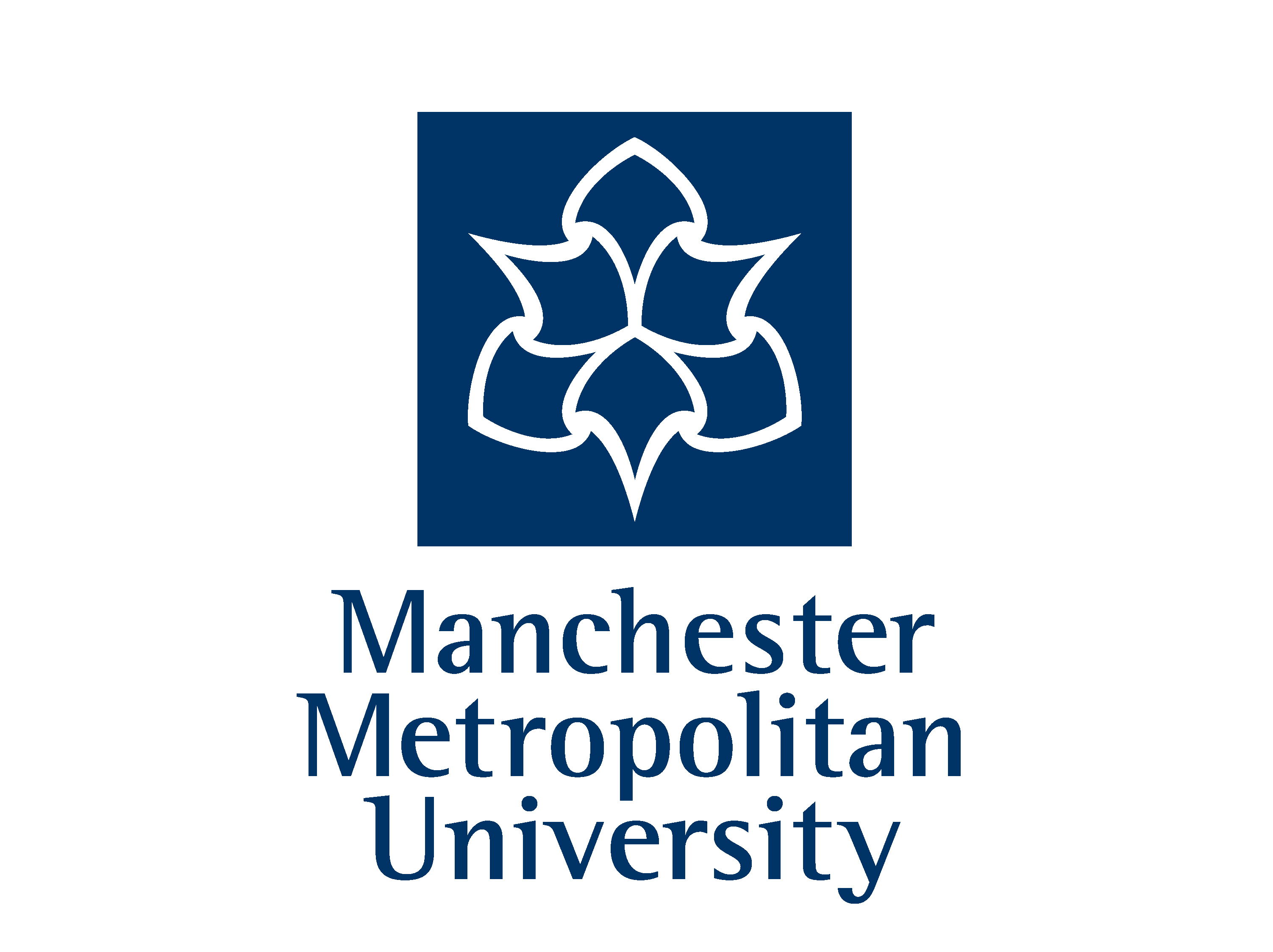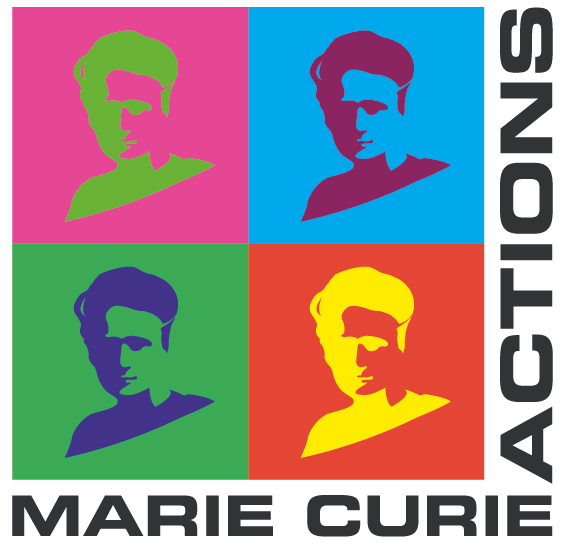About this Visualization
Catches of fish, crustaceans, molluscs and other aquatic organisms are published in whole tonnes live weight (TLW) by ICES (International Council for the Explortion of the Seas) official catch statistics. In this visualization each dot represents 4000 TLW of each species. Only the 12 most caught species are included. Each species is represented by a different colour. The fish (dots) are located near the center of the FAO area where they were caught. For more information on FAO areas go to this link.
If you click on the colored buttons on the top right corner you can select as many species as you want. If you hover over the dots, you can get more information on each species. This includes the FAO area where it was caught, its name in English, Spanish, French and its scientific name.
About the Data
The data used for this visualization comes from ICES catch statistics. To make the most representative fish visible, just the 12 most caught species are represented. For this visualization only the data for 2015 was used. The areas represented only include the subdivisions of Area 27, which is the North Atlantic. The shapefiles to map the Fishing Areas were obtained from: FAO, 2014. FAO Statistical Areas for Fishery Purposes. In: FAO Fisheries and Aquaculture Department [online]. Rome. [Cited: November 2017] http://www.fao.org/fishery/area/search/en The shapefiles to map the countries were obtained from: Natural Earth, 1:10m Cultural Vectors. In: Natural Earth Data [online]. [Cited: November 2017] https://www.naturalearthdata.com/downloads/10m-cultural-vectors/
About this Project
This visualization was created at Manchester Metropolitan University, Centre for Policy Modeling by Luz K. Molina. It was created using D3.js.
This research was funded by the project SAF21 - Social science aspects of fisheries for the 21st Century. SAF21 is a project financed under the EU Horizon 2020 Marie Skłodowska-Curie (MSC) – ITN - ETN programme (project 642080).
Back to Fisheries Visualization.

This work is licensed under a Creative Commons Attribution-NonCommercial-ShareAlike 4.0 International License.



